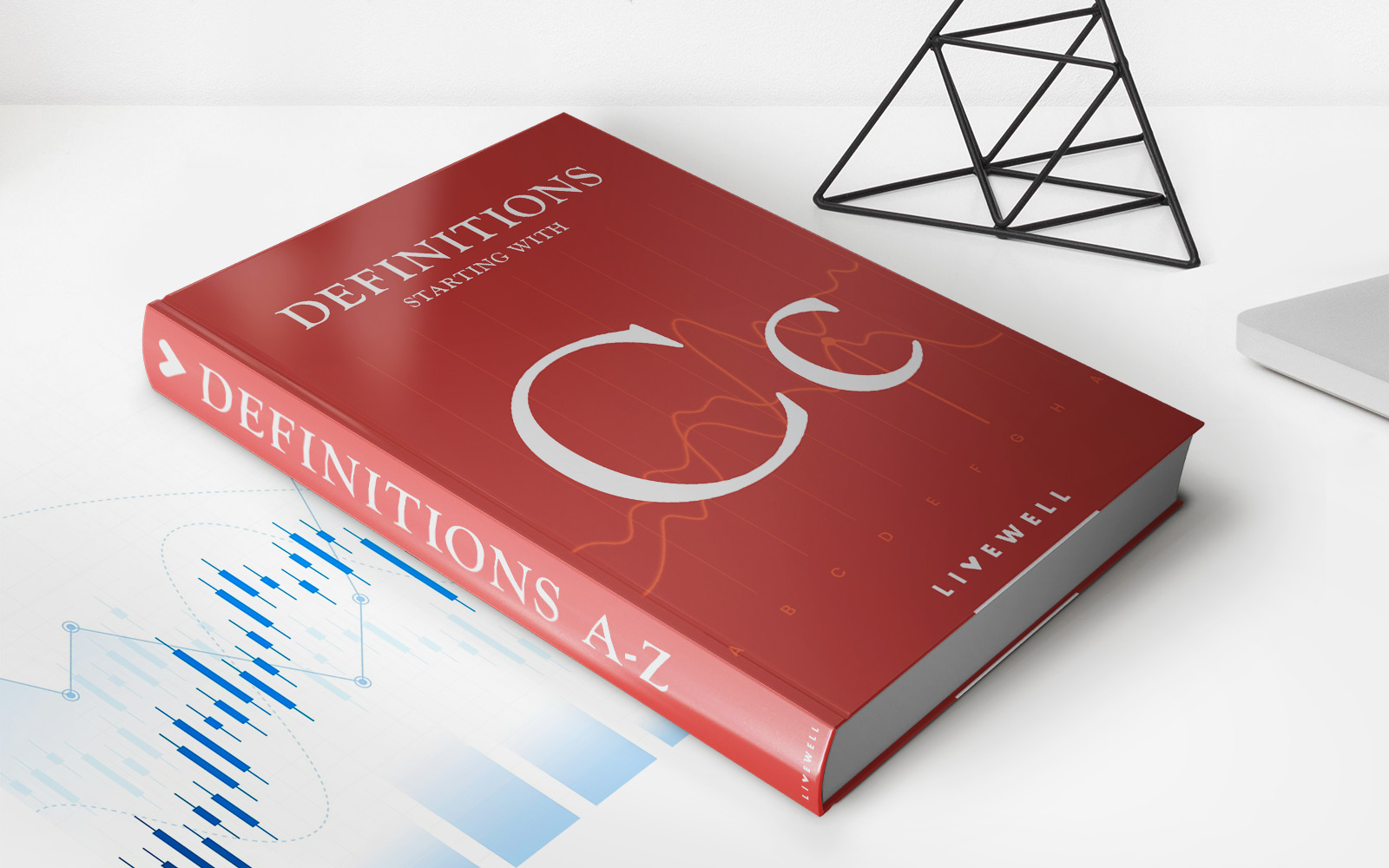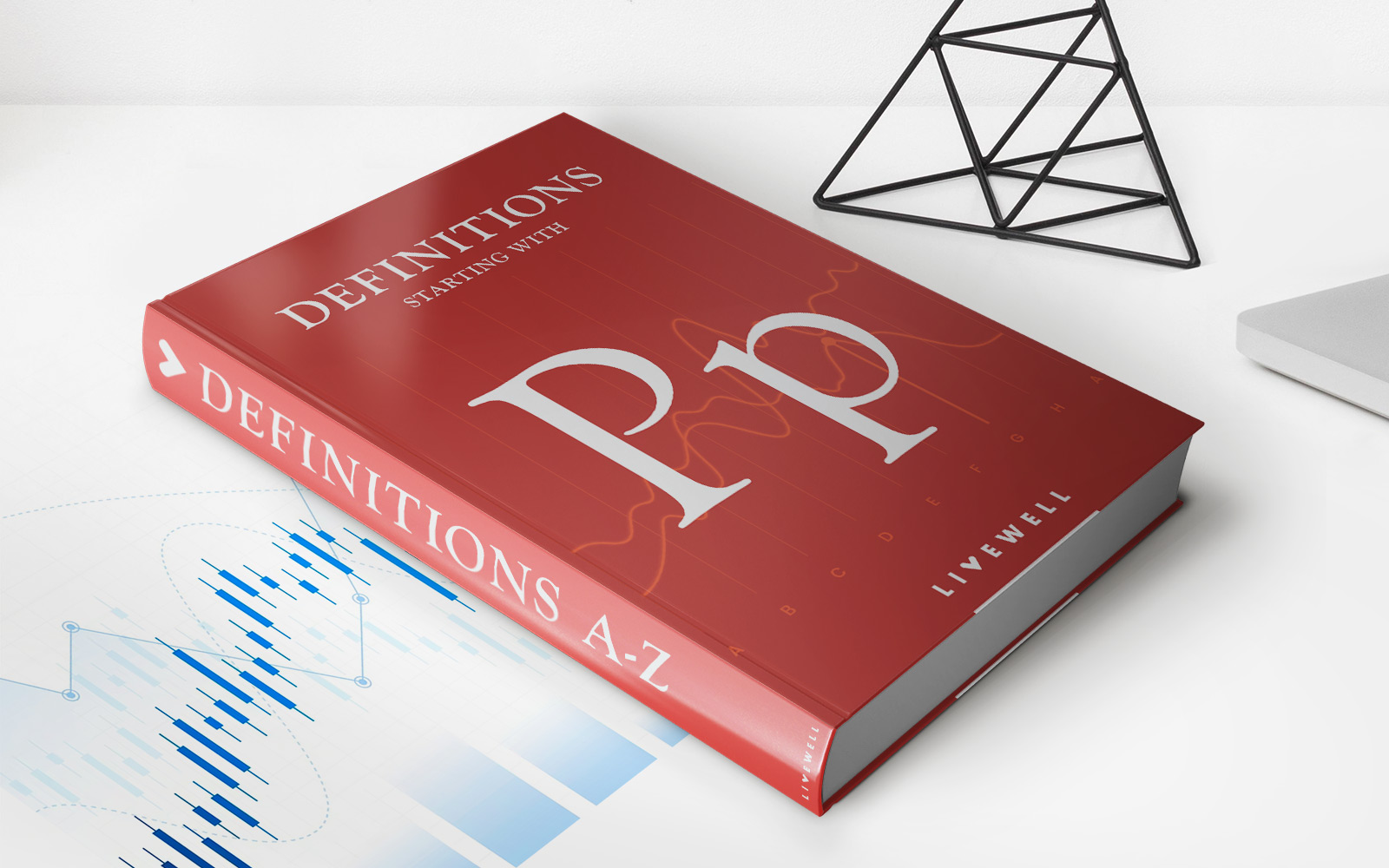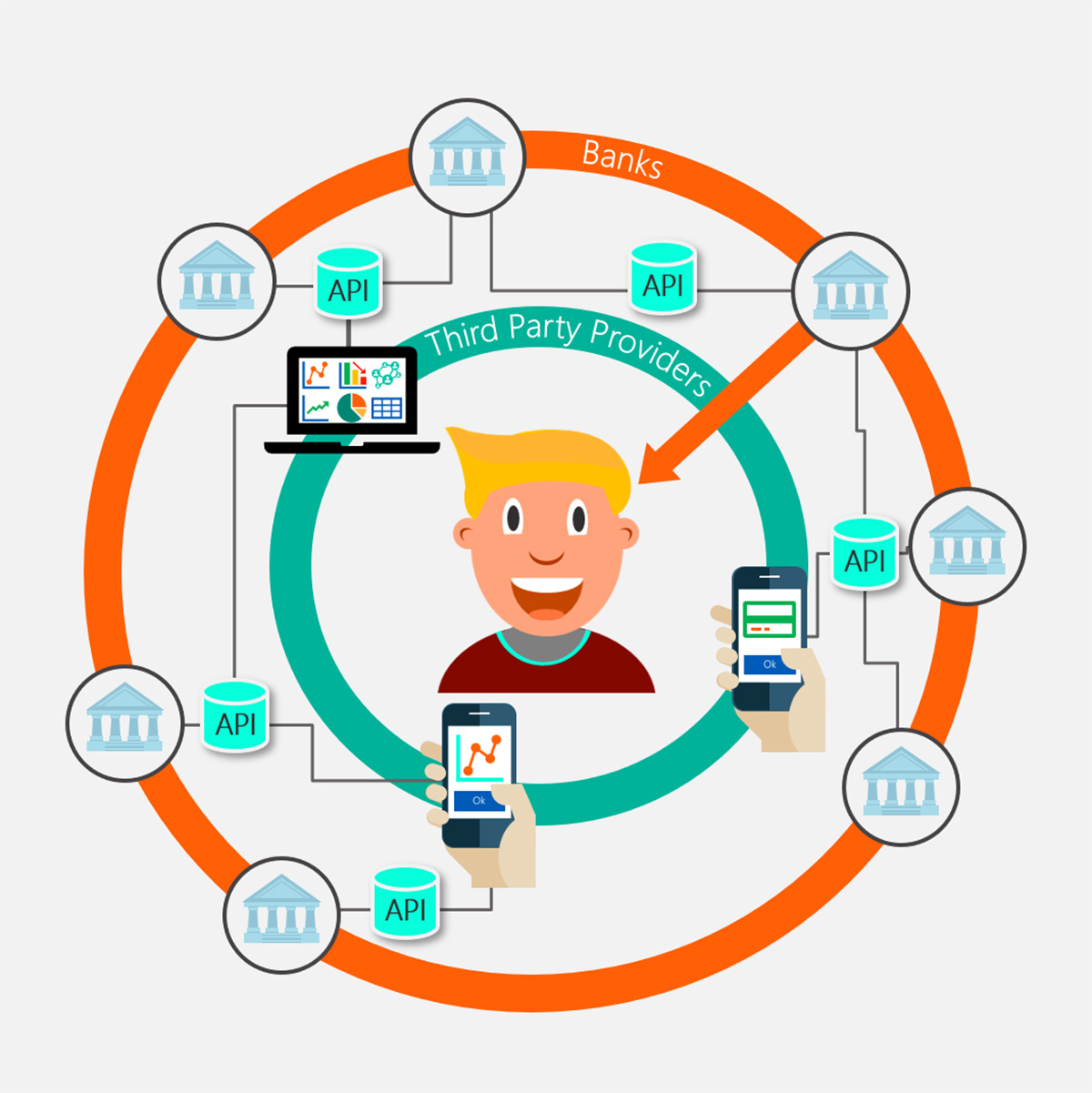Home>Finance>How Long Is A Grace Period For Federal Student Loans?


Finance
How Long Is A Grace Period For Federal Student Loans?
Published: February 21, 2024
Learn about the grace period for federal student loans and how it impacts your finances. Discover the details you need to manage your student loan effectively.
(Many of the links in this article redirect to a specific reviewed product. Your purchase of these products through affiliate links helps to generate commission for LiveWell, at no extra cost. Learn more)
Table of Contents
**
Introduction
**
When it comes to financing higher education, many students rely on federal student loans to bridge the gap between tuition costs and available funds. While these loans offer invaluable support, understanding the terms and conditions associated with them is crucial for responsible financial planning. One key aspect of federal student loans is the grace period, which provides borrowers with a window of time before they are required to start repaying their loans after leaving school.
Navigating the complexities of student loans can be daunting, especially for those who are new to the world of personal finance. The grace period, however, offers a buffer that allows borrowers to transition from student life to the workforce before the burden of loan repayment begins. This period can provide much-needed breathing room as graduates embark on their professional journeys, allowing them to establish themselves in their careers and gain financial stability before taking on the responsibility of loan repayment.
Understanding the nuances of the grace period for federal student loans is essential for borrowers to make informed decisions about their financial future. In this article, we will delve into the intricacies of the grace period, exploring its length, options available during this time, and its significance in the realm of student loan management. By shedding light on this vital aspect of federal student loans, borrowers can gain a clearer understanding of how to navigate the post-graduation phase with confidence and financial prudence.
**
Understanding the Grace Period for Federal Student Loans
Before delving into the specifics of the grace period for federal student loans, it’s important to grasp the fundamental concept of this provision. The grace period serves as a transitional phase that begins once a student graduates, leaves school, or drops below half-time enrollment. During this period, borrowers are not required to make payments on their federal student loans, providing a temporary reprieve from the financial obligations associated with higher education debt.
It’s crucial to note that the grace period is not indefinite; rather, it offers a finite window of time before loan repayment commences. This period is designed to offer recent graduates the opportunity to secure employment, establish their careers, and acclimate to post-graduation life without the immediate burden of loan payments. Understanding the specific length of the grace period and the options available during this time is essential for borrowers to effectively manage their financial responsibilities.
As borrowers navigate the complexities of federal student loans, the grace period stands as a pivotal phase that can significantly impact their financial well-being. By comprehending the intricacies of this provision, borrowers can make informed decisions about their post-graduation financial planning and ensure a smooth transition into the realm of loan repayment.
Length of the Grace Period
The length of the grace period for federal student loans is a critical factor that directly influences borrowers’ post-graduation financial planning. In most cases, the standard grace period for federal student loans is six months. This means that once a student graduates, leaves school, or drops below half-time enrollment, they have a six-month window before they are required to commence loan repayment. Understanding the duration of this grace period is essential for borrowers to effectively strategize their financial resources and prepare for the transition into loan repayment.
It’s important to note that the six-month grace period applies to most federal student loans; however, there are exceptions based on the specific type of loan. For example, Federal Perkins Loans have a nine-month grace period, offering borrowers additional time before they must begin making payments. On the other hand, PLUS loans granted to graduate or professional students typically do not have a grace period, requiring borrowers to start repayment shortly after the funds are fully disbursed.
Additionally, borrowers who consolidate their federal student loans may forfeit the remainder of their grace period. When loans are consolidated, the new Direct Consolidation Loan is typically disbursed promptly, resulting in the immediate expiration of the grace period. This aspect underscores the importance of thoroughly understanding the implications of loan consolidation and its impact on the grace period.
By familiarizing themselves with the specific length of the grace period for their federal student loans, borrowers can proactively plan for the transition into loan repayment, allocate financial resources accordingly, and explore available options during this critical phase.
Options During the Grace Period
While the grace period offers a temporary respite from loan repayment obligations, it also presents borrowers with valuable opportunities to make strategic financial decisions. During this phase, individuals can take proactive steps to prepare for the impending commencement of loan repayment, ensuring a smooth transition into this next phase of their financial journey.
One of the key options available during the grace period is the opportunity to explore different repayment plans. Borrowers can use this time to research and evaluate various repayment options offered by federal student loan programs. Understanding the nuances of income-driven repayment plans, graduated repayment plans, and standard repayment plans can empower borrowers to select a strategy that aligns with their financial circumstances and long-term goals. By leveraging the grace period to assess these options, borrowers can make informed choices that cater to their individual financial needs.
Moreover, the grace period provides an ideal window for borrowers to enhance their financial literacy and gain a deeper understanding of loan management. Engaging in financial education resources, workshops, or counseling sessions can equip individuals with the knowledge and skills necessary to navigate the complexities of loan repayment effectively. This proactive approach can empower borrowers to make informed decisions, manage their loans responsibly, and mitigate potential challenges associated with repayment.
Additionally, during the grace period, borrowers can consider making voluntary payments toward their student loans, even though they are not yet required to do so. By proactively chipping away at the loan balance during this time, individuals can reduce the overall interest accrued and potentially shorten the duration of their repayment period. This proactive approach can yield long-term financial benefits and alleviate the burden of student loan debt.
Overall, the grace period presents borrowers with a valuable opportunity to explore, evaluate, and prepare for the next phase of their student loan journey. By leveraging this time effectively, individuals can set a solid foundation for responsible loan management and financial stability in the years to come.
Conclusion
The grace period for federal student loans serves as a vital component of the post-graduation financial landscape, offering borrowers a transitional phase before the onset of loan repayment. Understanding the nuances of this grace period is essential for recent graduates to navigate their financial responsibilities with confidence and prudence.
By comprehending the length of the grace period and the options available during this time, borrowers can proactively plan for the transition into loan repayment, explore various repayment strategies, and enhance their financial literacy. Leveraging the grace period to make informed decisions and take proactive steps can set the stage for responsible loan management and long-term financial well-being.
As recent graduates embark on their professional journeys, the grace period provides a valuable opportunity to establish a solid foundation for managing student loan debt. By utilizing this phase effectively, borrowers can position themselves for a successful transition into loan repayment, mitigate financial challenges, and pave the way for a secure financial future.
In essence, the grace period represents more than just a temporary reprieve from loan payments; it symbolizes a critical juncture for borrowers to proactively shape their financial trajectory. By embracing this phase with foresight and proactive planning, recent graduates can embark on their loan repayment journey with confidence, knowledge, and a solid strategy for long-term financial success.














